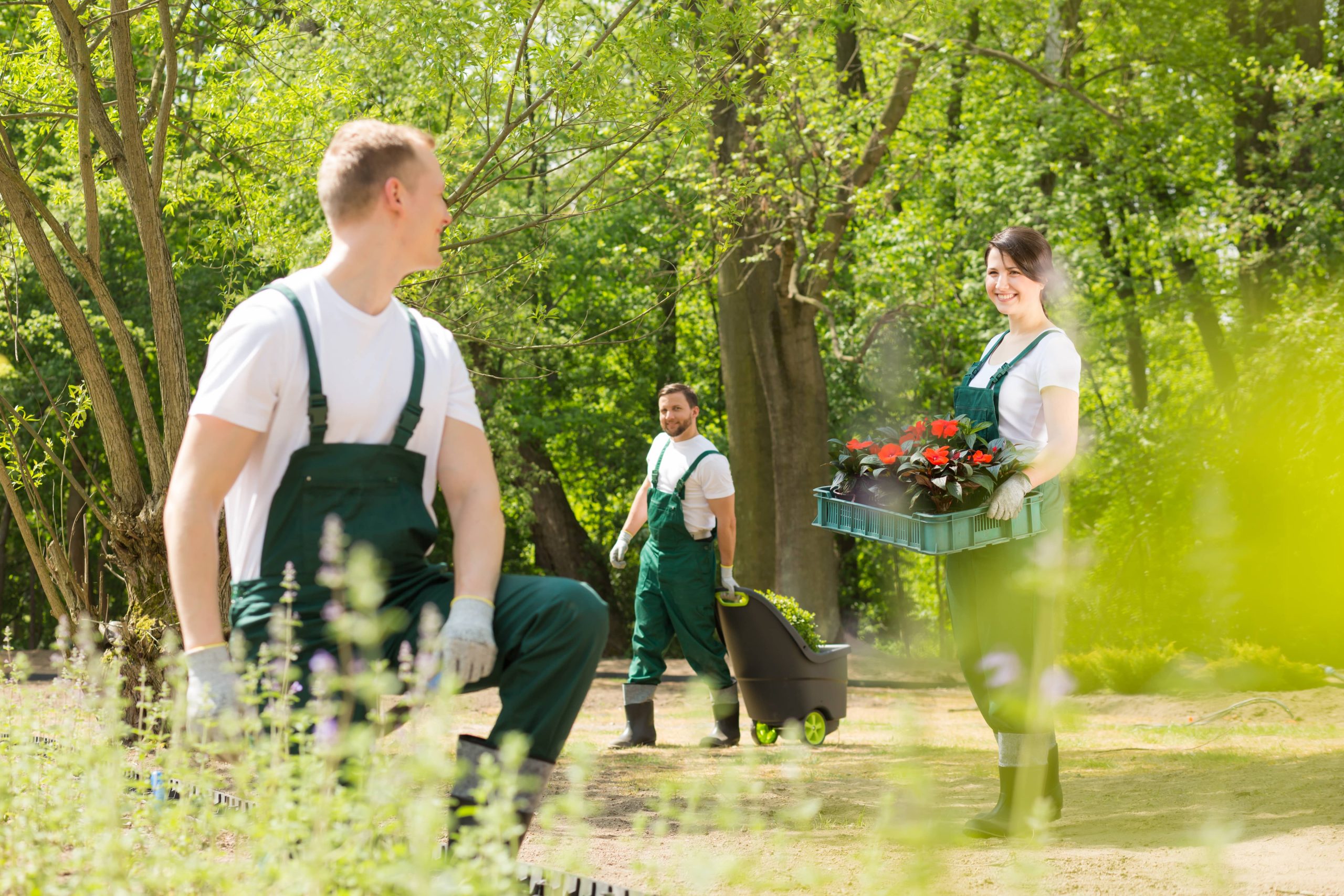
In the realm of outdoor gardening and landscaping, raised bed gardening has captured the imagination of both novice and experienced gardeners alike. This method not only transforms barren spaces into flourishing gardens but also offers advantages such as improved soil conditions, easier access, and efficient use of space. If you’re considering diving into the rewarding world of raised bed gardening, you’re at the right place. This comprehensive guide will take you through everything you need to know to get started and maintain a successful raised bed garden.
Understanding Raised Bed Gardening
So, what exactly is raised bed gardening? In essence, it involves growing plants in soil that is raised above ground level, often enclosed by a frame made of wood, stone, or other durable materials. These beds vary in size but generally sit around one to two feet above the ground. They can be built directly onto the existing soil or can even stand independently on decks and patios.
Why Choose Raised Bed Gardening?
There are several compelling reasons to consider raised bed gardening:
1. Improved Soil Quality: With a raised bed, you control what soil and amendments go into your garden, allowing you to optimize for specific plant needs. This can lead to richer, well-draining soil that promotes healthier, faster-growing plants.
2. Better Drainage: Raised beds allow water to drain efficiently, reducing root rot risk and giving gardeners the ability to regulate moisture levels more effectively.
3. Pest Control: These structures often deter common garden pests and critters like rabbits and moles. Additional measures, such as installing wire mesh beneath the bed, can further protect against underground invaders.
4. Accessibility: Raised beds offer gardeners easy access to plants, reducing the need to bend or squat, which is particularly beneficial for those with mobility issues or disabilities.
5. Efficient Spacing: The organized layout of raised beds allows for effective crop rotation and intercropping, making thorough use of available space.
Setting Up Your Raised Bed Garden
1. Location, Location, Location:
Choosing the right spot is crucial. Ensure that the area receives ample sunlight—most vegetables and herbs require at least 6 to 8 hours of sun daily. Avoid spots where water pools after rain, or where the shade might encroach too much during the day.
2. Building the Bed:
Constructing the raised bed frame is the next step. Common materials include wood (such as cedar, which is rot-resistant), concrete blocks, or bricks. Avoid using treated woods that could leach chemicals into the soil. Aim for a width that allows you to reach into the center from either side—typically no more than 4 feet. The depth can vary, but 12 to 18 inches is generally good for deep-rooting vegetables and provides sufficient soil volume.
3. Preparing the Foundation:
Clear the ground of grass and weeds. Lay down a layer of cardboard or landscape fabric to act as a weed barrier. This step isn’t mandatory, but it can simple maintenance significantly.
4. Filling the Bed:
Time to fill the bed with soil. A good mix might include a combination of topsoil, compost, and other organic materials such as peat moss or well-rotted manure. Aim for a fertile, loamy texture with good drainage.
Caring for Your Raised Bed Garden
1. Watering:
Raised beds tend to dry out faster than in-ground gardens, so regular watering is crucial. Consider installing drip irrigation or soaker hoses to maintain consistent moisture levels. Always water in the early morning or late afternoon to minimize evaporation.
2. Fertilizing:
Due to regular watering, nutrients can leach out of the soil quicker. Implement a regular fertilization schedule using organic options like compost tea, bone meal, or a balanced granular fertilizer.
3. Crop Rotation:
To prevent soil depletion and reduce pest buildup, practice crop rotation: avoid planting the same family of plants in the same place consecutively. Incorporate companion planting to naturally deter pests and boost plant growth.
4. Mulching:
Mulch retains moisture, suppresses weeds, and adds organic matter back into the soil as it breaks down. Use organic mulches such as straw, wood chips, or dried leaves.
Common Raised Bed Gardening Challenges and Solutions
1. Pests and Diseases:
Implement physical barriers like row covers or netting. Use natural pest control methods such as neem oil or diatomaceous earth. Encourage beneficial insects like ladybugs to help control aphid populations.
2. Soil Depletion:
Amend soil annually by adding fresh organic matter. This practice refreshes the soil and maintains the necessary nutrient levels for optimal plant health.
3. Overcrowding:
Avoid the temptation to plant too closely. Follow spacing guidelines and thin crops as needed. Consider vertical gardening techniques, such as trellises, to maximize limited space.
Final Thoughts
Raised bed gardening is a rewarding endeavor that brings a plethora of benefits—from increased yield to less backbreaking work. It can accommodate virtually any plant you wish to grow, from lush vegetables and herbs to vibrant flowers and even small shrubs. As with any undertaking, planning is key. Start small, learn as you go, and soon you’ll master the art of raised bed gardening. Whether you’re rivalling with backyard spaces or dreaming of a rooftop oasis, raised bed gardening transforms possibilities into lush realities, fostering a direct connection with nature’s cycles and bounties right at your doorstep.













